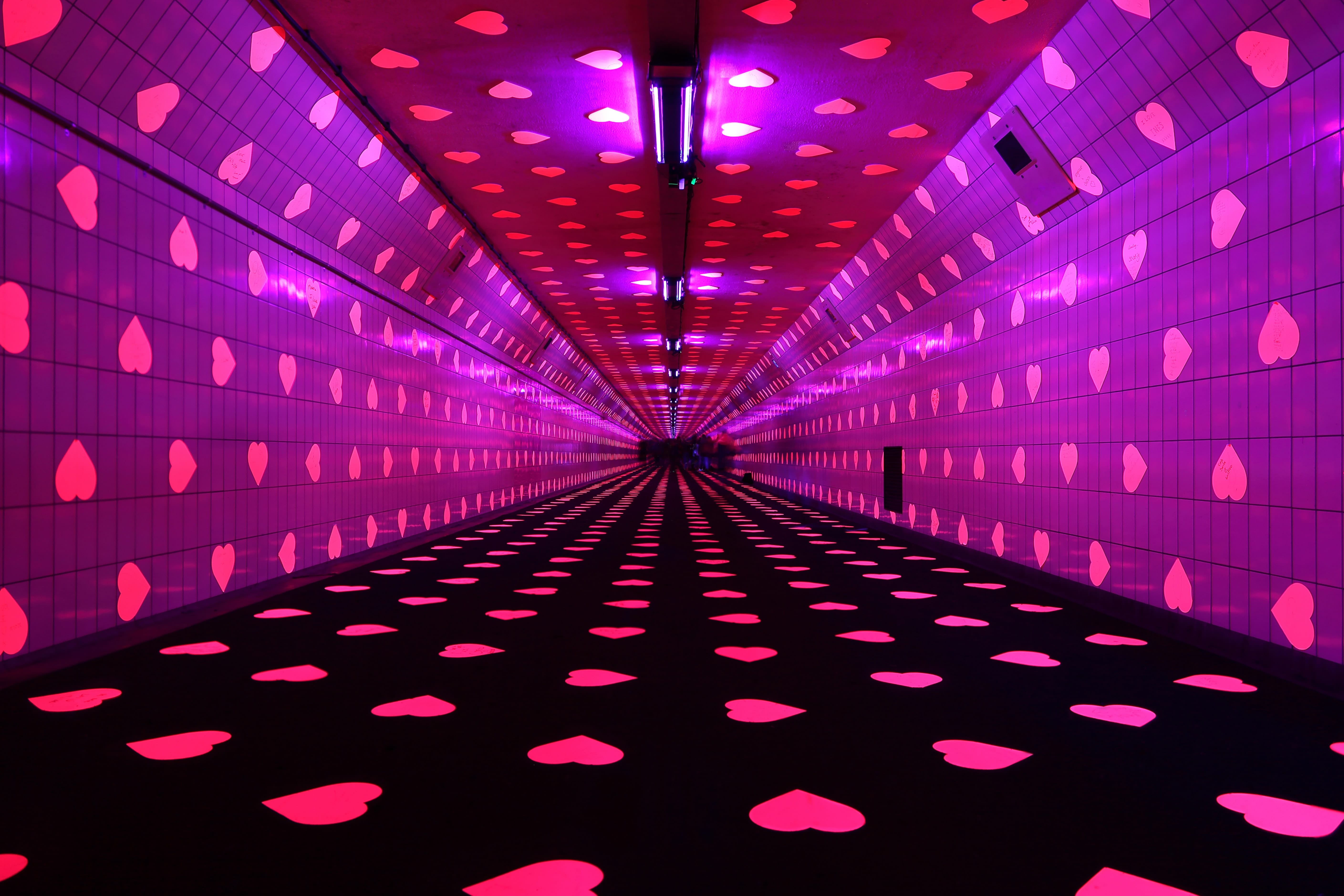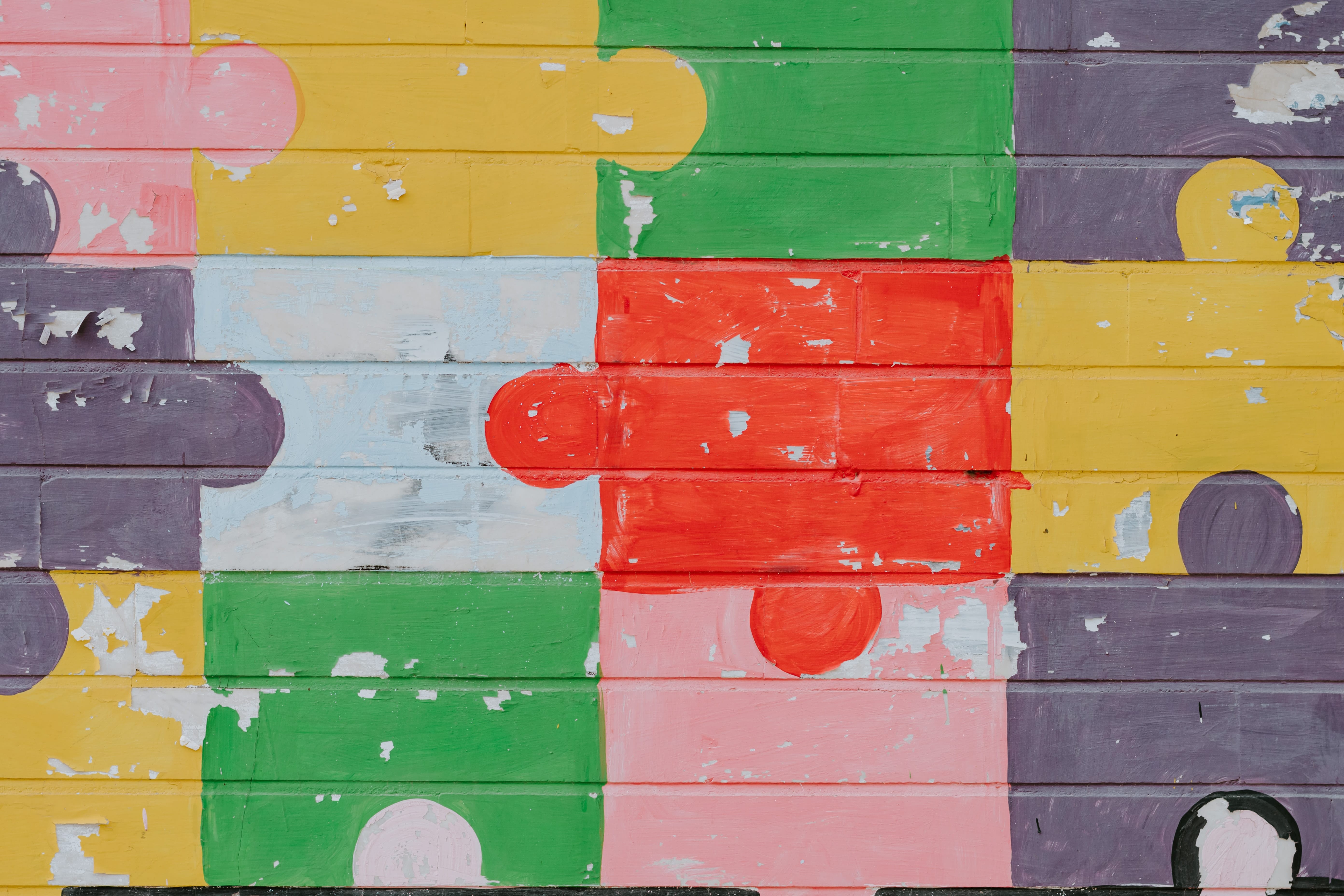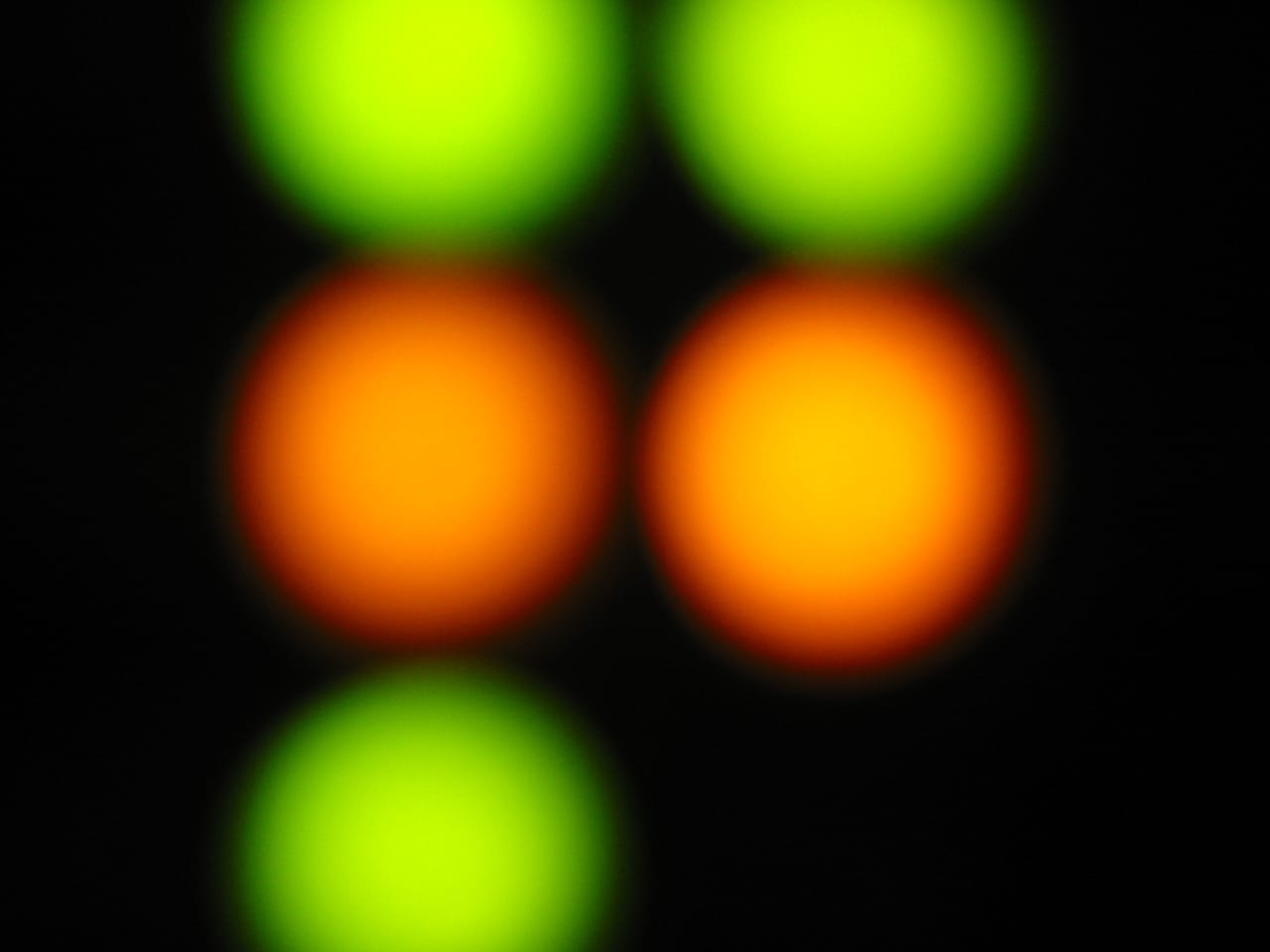Whether it be traditional libraries, brimming with leatherbound novels, or the modern multipurpose workspaces we’ve come to know in the past few years, all libraries have one thing in common: they aim to democratize access to resources, regardless of background, discipline, or skill. With this powerful concept at the heart of their efforts, in 2015, a University of Toronto Scarborough (UTSC) Library committee came together to create a space for students and community members that could exemplify the democratizing power of a library. They wanted to create a space where students could learn new skills and experiment with creative mediums and in 2016 they opened the enigmatic Makerspace.
The Makerspace has grown beyond its humble origins and is now a key part of the UTSC community. According to Makerspace Librarian, Elizabeth O’Brien, the space operates on the simple premise of “having a space dedicated to making for students, staff and faculty.” One of the visionaries behind the space, O’Brien currently provides leadership to the UTSC Makerspace, pushing forward its egalitarian founding ideals as a “place for informal learning, experimentation, and innovation… where anyone can see themselves as a maker.” Unlike other similar spaces, the Makerspace takes a pointedly non-discipline-focused approach to its users, offering a safe place for “fostering knowledge creation” and experimentation regardless of their academic discipline or interests. In this way, it stands out as a beacon for fostering a diversity of “makers.”
And it exceedingly does so. Starting out with a few 3D printers and a license to Adobe Creative Cloud, the Makerspace now boasts a large repertoire of both digital and physical resources. To name a few, students have access to audio recording equipment, tripods, DSLR cameras, and robotics starter kits, along with tactile equipment such as sewing machines, button makers, and even a fascinating “Cricut” cutting machine, which is popularly used to make stickers. To complement the wide variety of resources available, library facilitators even run weekly online workshops to help users learn new skills with these different creative mediums.
With the skills they learn and refine, many students have even found ways to integrate Makerspace resources into their learning. One such fourth-year student, double majoring in English and Drama, used the microphone and audio equipment to record a rap for a creative spin on a final project. On the opposite end of the spectrum, a second-year student studying Chemistry found a way to create a low-cost chemistry device, 3D printing a lab-grade chemical sample container, known as a “cuvette”, for around $5, trumping the hefty $1300 cost of commercially purchasing the vessel.
Students aren’t the only ones who can try their hands at learning new skills in this space. The Makerspace is “committed to fostering partnerships with [their] community” says O’Brien and their community involvement speak volumes to this goal. Most recently, in July 2022, the Makerspace team held a workshop for students in the 100 Strong program to teach an introduction to 3D design and 3D printing. The 100 Strong program engages with young Black boys between 11 to 14 years-old, working to shift limiting narratives about Black youth by exposing them to vast opportunities, new skills, leadership roles, and inspiring excellence. For three weeks, 100 Strong participants visited the UTSC campus, engaging with activities and experiences on the university campus, making key chains with 3D design application, Tinkercad, Also, during the height of the pandemic, in April 2020, Makespace staff helped 3D print personal protective equipment (PPE) for front-line workers, with a CBC Toronto news piece hailing staff as “CBC Toronto ‘Front-Line’ Heroes.”
Where does the Makerspace hope to go from here? According to Elizabeth O’Brien, “the UTSC Library team hopes to see the Makerspace expand beyond its borders into a variety of experiential learning opportunities in the future.” As of now, the Makerspace proves there’s still a place for interdisciplinary-focused creating because, to O’Brien, everyone is a maker at heart, and when given the opportunity to explore this, making can be a “transformative, self-actualizing process” for anyone who dares to try.
By Daniela Atere























